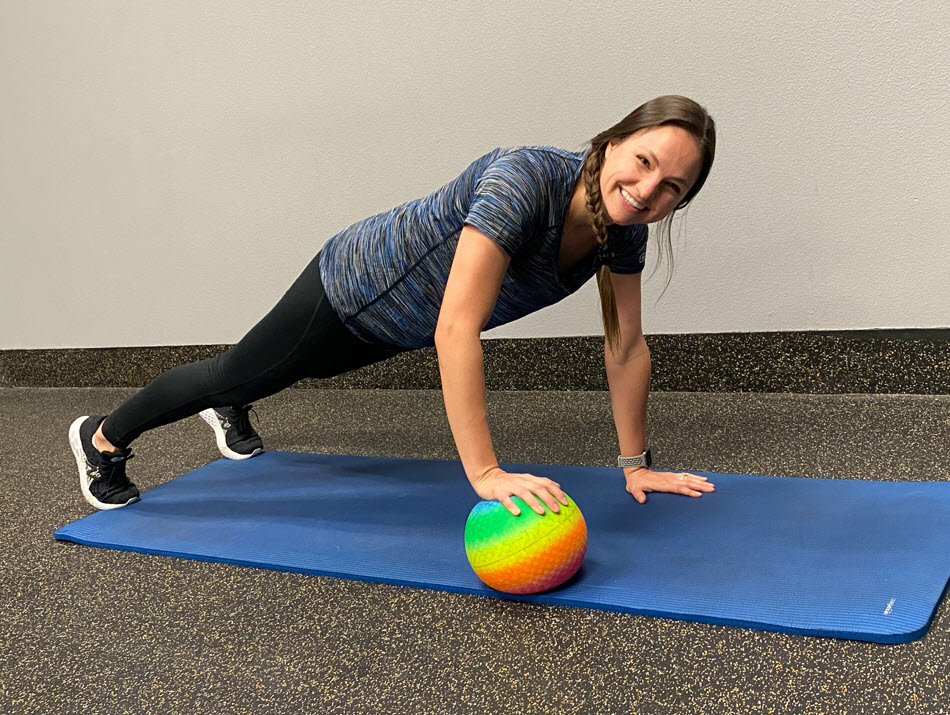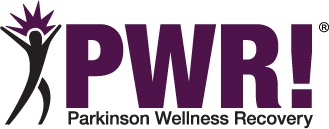Parkinson's and Falls - Spending time on the floor
Falls. Let’s face it, concern over falls is a substantial component of physical and occupational therapy treatments throughout the spectrum of therapeutic settings. Whether you work in home health, assisted living, outpatient, or acute care, you spend a lot of time considering falls. As clinicians working with people with Parkinson’s Disease (PD), we know the fall risk can be high and the post-fall morbidity sequelae can be devastating, so we automatically pay keen attention to anything related to falls. We inquire about fall history, choose standardized measurement tools to help us identify those at risk for falls, select treatment methods to reduce fall risk, and practice fall recovery. But with these devoted efforts to avoid the floor, are we making time to actually be on the floor?
There are many reasons to spend time on the floor. First and foremost, the floor is a very safe place to exercise. We can explore how our bodies move and change speed or directions freely without fear of falling. Additionally, spending time on the floor may allay a patient’s fear of falling, not only due to fall recovery training but also just having familiarity and comfort with sensory experience of being on the floor. From the floor, the visual perception of a room is very different. The hard surface stimulates skin around bony prominences. In long sit, side sit, or ring sit the pelvis, hips, and knees need to settle into relatively unfamiliar positioning combinations when compared to sitting on a chair or the bed. These sensory changes aren’t necessarily bad, just different. The more time our patients spend on the floor, the less frightening these sensations will be if a fall occurs. Care partners also benefit from watching a person with Parkinson’s (PWP) exercise on the floor. They can learn if the PWP moves better by crawling or scooting, if rolling to one side is more effective than the other, and how external cues like targets can be so beneficial for functional movement. Often care partners have concerns if their own bodies can safely or effectively provide physical assistance in fall recovery, so frequent positive experiences on the floor can reduce caregiver anxiety as well.

In terms of exercise, the floor gives concrete (pun intended) sensory feedback for posture and symmetry which is imperative for our PD patients to combat flexed posture as well as asymmetrical rigidity and kinetics. We know external feedback is beneficial for body awareness in PD, so let’s increase the body surface area contacting the ground to receive that excellent feedback! Also, whole body coordination and body weight functional strength training opportunities are abundant on the floor. Consider rolling, crawling, crab position, plank variations, and transitional movements just to name a few. Yes, your patients might suspiciously side eye you at first, but many find it refreshing to explore moving their bodies in ways they haven’t moved in years.
PWR!Moves on the floor - supine, prone, and all 4’s
When you first took the PWR!Moves certification for Therapist or Fitness Instructor course, you spent a lot of time on the floor learning PWR!Moves in supine, prone, and all 4’s. You learned to progress from level 1 basic moves to level 2 by adding coordination and timing. Then you proceeded to level 3 with salient activities like crawling and transitions for bed mobility, floor transfers, and adding extra tasks. You are not alone if you thought, “This is great, but how can I make this work in my setting?” Clinicians have practical challenges to overcome when it comes to exercising their patients on the floor. It can be tricky finding space in a bustling clinic or crowded house to implement this training. Also, some patients are physically unable to get down to the floor... yet. My challenge to you is to spend some time with your pro/con list for exercising your PD patients on the floor and explore your possibilities. The more practice you have with your patients on the floor you will see how floor-based activities can apply towards so many of your functional goals, not just fall recovery. The benefit list is extensive. Let’s appreciate the floor as a valued modality rather than “a concerning place” associated with falls.
Share PWR! with others
Shelley Hockensmith, PT, MPT About the Author
Physical Therapist
Board Certified Neurologic Clinical Specialist
Shelley Hockensmith is a physical therapist. She has been a PWR! supporter since its conception, helping as a consulting therapist for many years and then joining the therapy team in 2019.
Shelley has been a physical therapist for 20 years with experience primarily in outpatient neurological clinics. She has been a Board Certified Neurologic Specialist since 2007 and has specialized training in movement disorders as well as balance and vestibular disorders. In addition to providing individualized therapy, she also serves as faculty in PWR! professional training. Shelley has been a professional volunteer for several adaptive sports organizations locally and internationally.
A southern Indiana native, Shelley graduated from the University of Evansville in 2003 and moved to Tucson in 2005. She enjoys working in her desert gardens and is an avid exerciser which helps her keep up with her two very active boys.

